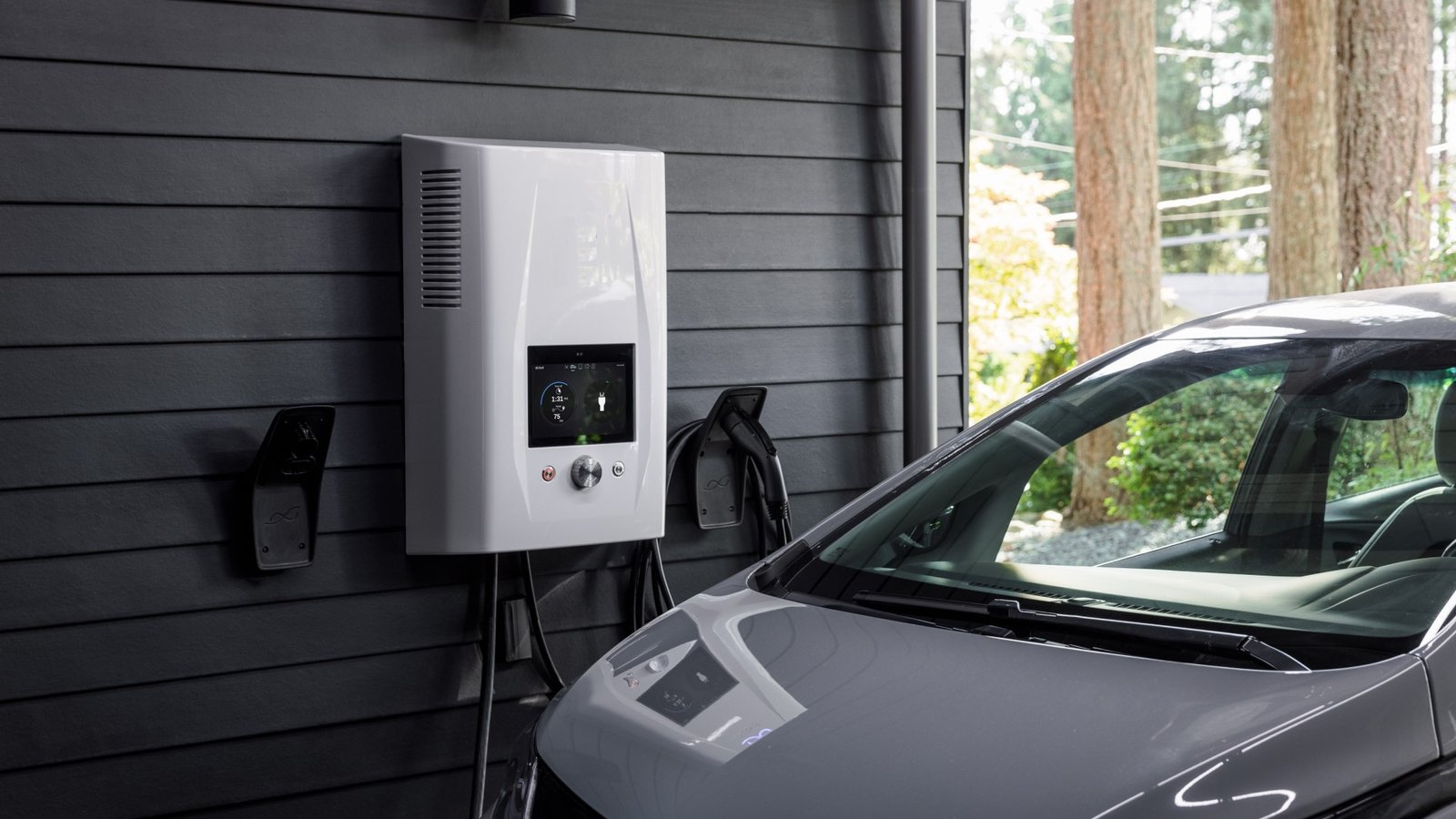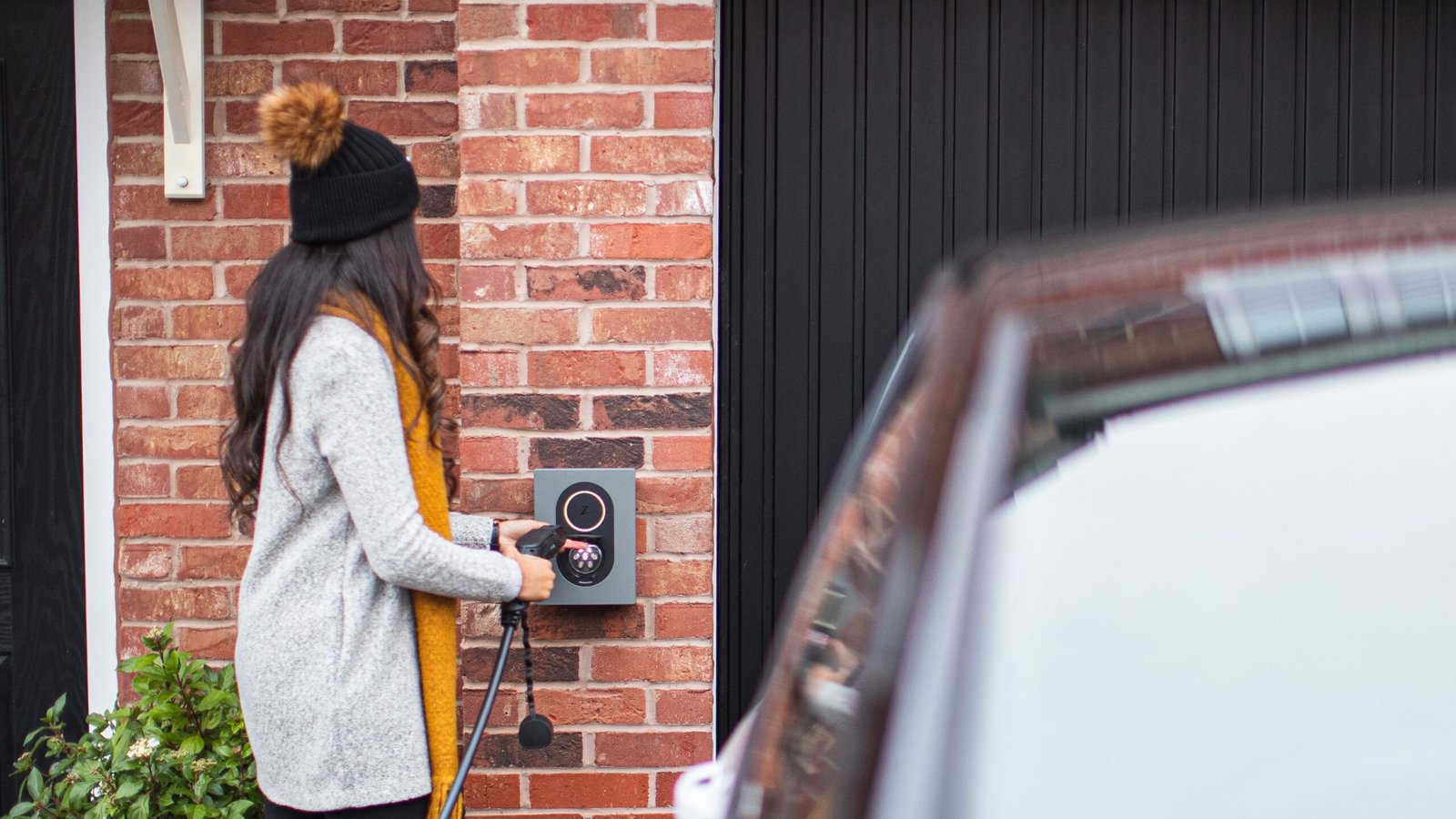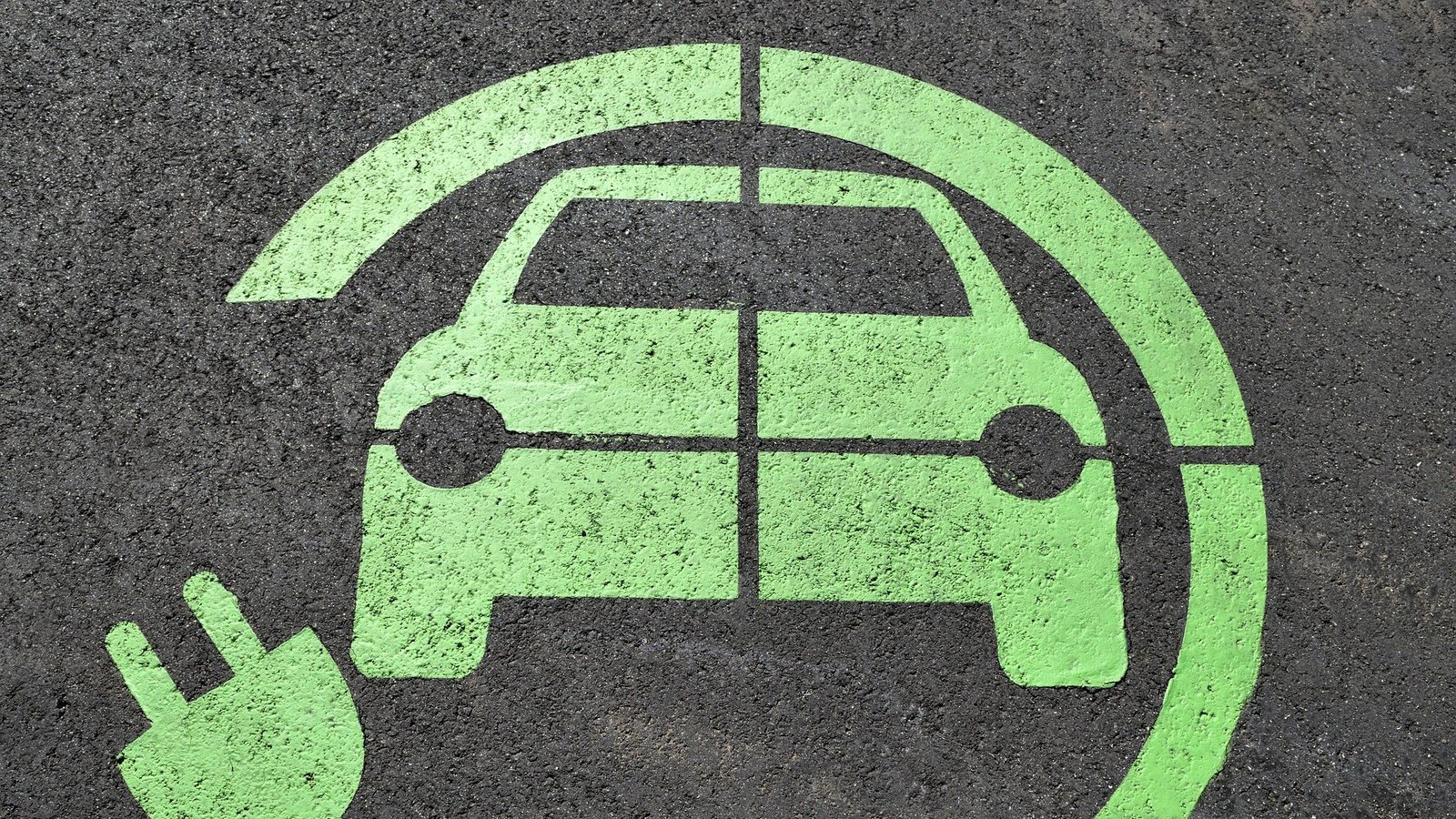
- Types of EV chargers: There are two main types of EV chargers: Level 1 and Level 2. Level 1 chargers are the most basic type and use a standard 120-volt outlet. They are the slowest type of charger, but they are also the most portable. Level 2 chargers use a 240-volt outlet and are much faster than Level 1 chargers. They are also more expensive to purchase and install.
- Cost of EV chargers: The cost of an EV charger will vary depending on the type, brand, and features. Level 1 chargers typically cost between $200 and $500, while Level 2 chargers can cost anywhere from $500 to $2,000. Installation costs will also vary depending on the complexity of the job. A ChargePoint Home Flex Electric Vehicle (EV) Charger is a type 2 that’s popular and costs about $750.
- Federal tax credit: The federal government offers a tax credit of up to $7,500 for the purchase of an EV and up to $1,000 for the installation of a Level 2 charger. The credit is phased out for taxpayers with higher incomes.
- State and local incentives: Many states and local governments offer incentives for the purchase and installation of EV chargers. These incentives can include tax credits, rebates, and grants. The Alternative Fuel Vehicle Refueling Property Credit has been extended for ten years. As of 2023, it will expire on December 31, 2032. To claim the credit, home owners must file Form 8911 with the IRS.

- How to choose an EV charger: At Kelvin Consulting, we could help you and will take the below into consideration.
- The type of EV you own.
- The amperage of your home’s electrical system
- The features you want, such as Wi-Fi connectivity and scheduling.
- Your budget
- Installing an EV charger: If you are not comfortable installing an EV charger yourself, you can hire a qualified electrician to do it for you. The cost of installation will vary depending on the complexity of the job. A rough budget would be $1,000 to $2,000 to get a 240v branch circuit taken from your home panel. Be sure you have an engineer review the capacity on your panel to make sure you can support the load.
- Using an EV charger: Once you have installed an EV charger, you can simply plug your EV into the charger to start charging. The charging time will vary depending on the type of charger, the amperage of your home’s electrical system, and the battery size of your EV. Unless you have a Tesla, the SAE J1772, also known as a J plug or Type 1 connector will likely be the plug you use. A 120V J-plug operates at a maximum of 16 amps and can deliver up to 1.92 kW, while a split-phase 240V plug has a maximum operating current of 80 amps and can deliver up to 19.2 kW. Yeah, 10 times the power.
- Maintaining an EV charger: EV chargers are relatively low-maintenance devices, but there are a few things you can do to keep them in good condition:
- Keep the charger clean and free of debris
- Check the charger’s cords and connectors for damage
- Have the charger inspected by a qualified electrician every few years

Check out the video below to learn more about EV chargers. At Kelvin Consulting, we could help you at any phase of your journey whether you’re ready to design it into your home or just thinking about getting one down the road.
Share This Story, Choose Your Platform!
continue reading



